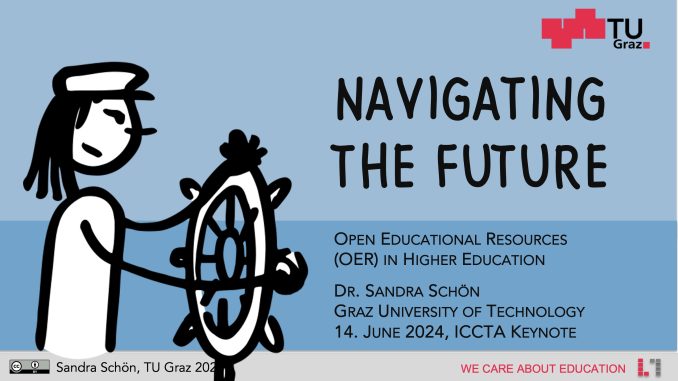
Open Educational Resources, or OER, have long been heralded as a democratizing force in education. By making high-quality learning materials freely accessible, they challenge traditional models that often rely on expensive textbooks, proprietary platforms, and institutional gatekeeping. But as technology evolves and global learning needs shift, the future of OER is poised to move beyond mere access. It’s becoming a dynamic ecosystem of collaboration, customization, and innovation—one that could reshape not only how we learn, but how we think about knowledge itself.
The early promise of OER was rooted in equity. Students who couldn’t afford textbooks or who lived in regions with limited educational infrastructure could still access the same materials as their peers elsewhere. That promise remains vital, especially as education systems grapple with rising costs and persistent disparities. However, the conversation is expanding. It’s no longer just about availability—it’s about adaptability. Educators are increasingly looking for resources they can tailor to their specific contexts, whether that means translating content into local languages, aligning it with regional curricula, or integrating it into hybrid learning environments. The future of OER lies in its flexibility, in its ability to be reshaped and reimagined without losing its core value.
Technology is playing a central role in this evolution. Platforms that host OER are becoming more sophisticated, offering tools for remixing content, embedding multimedia, and tracking engagement. Artificial intelligence is beginning to assist in curating personalized learning paths, suggesting resources based on a student’s progress or interests. These developments are making OER not just static documents, but living materials that respond to the needs of learners and educators alike. For example, a math teacher in Nairobi might use an open-source lesson plan, modify it to reflect local examples, and then share it back with the community—creating a feedback loop that enriches the resource for everyone.
Collaboration is another defining feature of the future OER landscape. Traditionally, educational content was created by publishers and consumed by students. OER flips that model. It invites teachers, students, researchers, and even policymakers to contribute, critique, and co-create. This participatory approach fosters a sense of ownership and relevance. When learners see their voices reflected in the materials they use, engagement deepens. Moreover, collaboration across borders can lead to richer, more diverse content. A science module developed jointly by educators in Brazil, India, and Canada might incorporate varied perspectives on climate change, offering students a more holistic understanding of the issue.
Of course, with growth comes complexity. One of the challenges facing OER is quality assurance. As more people contribute, ensuring that materials are accurate, pedagogically sound, and culturally sensitive becomes increasingly important. This doesn’t mean reverting to centralized control, but rather developing community-driven standards and peer review mechanisms. Some platforms are experimenting with reputation systems, where contributors earn credibility based on feedback and usage. Others are integrating academic institutions into the vetting process, creating hybrid models that blend openness with rigor. The goal is to maintain the integrity of the resources while preserving the freedom that makes OER so powerful.
Sustainability is another critical issue. While OER are free to use, they are not free to produce. Creating high-quality content takes time, expertise, and often funding. The future of OER will depend on innovative models of support. Governments, philanthropic organizations, and educational institutions are beginning to recognize the long-term value of investing in open resources. Some are embedding OER development into public education budgets, while others are exploring micro-grants or subscription models that fund ongoing creation and maintenance. The challenge is to ensure that these models remain inclusive and don’t inadvertently recreate the barriers OER were designed to dismantle.
Business leaders should pay close attention to this space. The principles driving OER—openness, collaboration, adaptability—are increasingly relevant in the broader knowledge economy. Companies that invest in employee learning, for instance, might find that integrating OER into their training programs offers both cost savings and customization. Startups in edtech can build tools that enhance the OER experience, from translation engines to interactive simulations. Even industries outside education can benefit from the ethos of open sharing, using it to foster innovation and community engagement. The future of OER is not confined to classrooms—it’s part of a larger shift toward decentralized, participatory knowledge creation.
As we look ahead, it’s clear that OER are more than a trend—they’re a movement. They reflect a belief that knowledge should be a shared resource, not a commodity. They challenge us to rethink who gets to create, access, and benefit from educational content. And they offer a blueprint for a more inclusive, responsive, and resilient learning ecosystem. The future of OER will be shaped by technology, yes, but also by values—by our collective commitment to equity, curiosity, and collaboration. In that sense, building the future of OER is not just an educational task. It’s a societal one.